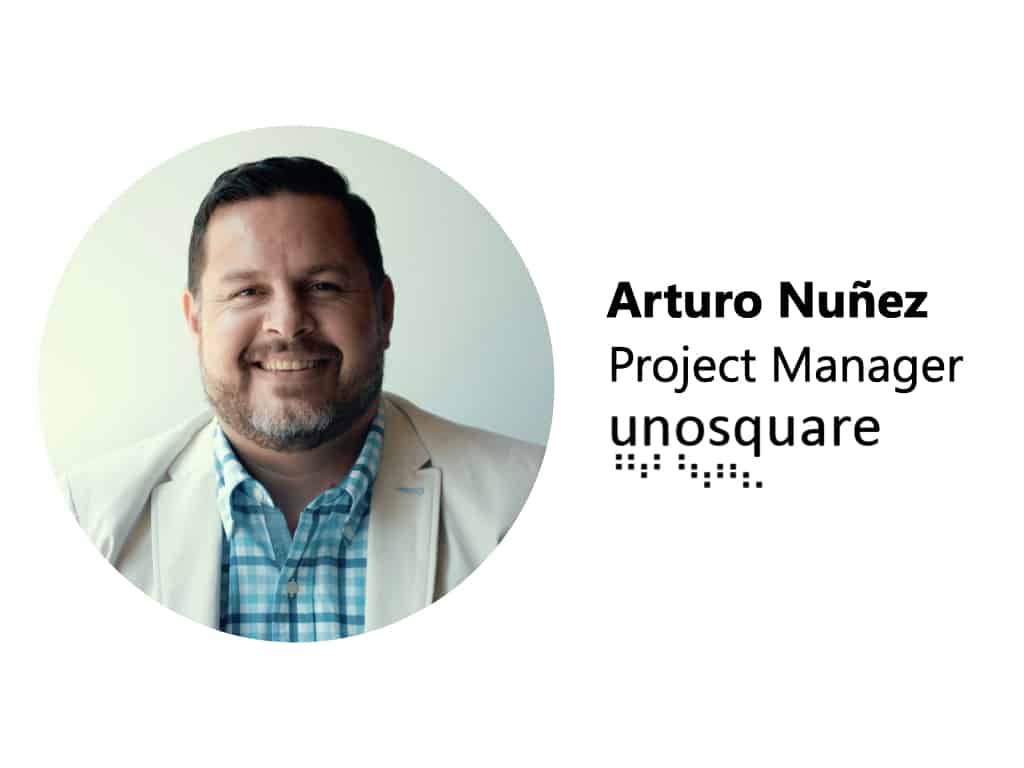Imagine training your brain to recover more quickly, make better decisions, and potentially even live longer. Would anyone pass up the chance?
- Pessimists see setbacks as permanent (“This will never change”), personal (“This is all my fault”), and pervasive (“It affects everything”).
- Optimists see challenges as temporary (“This is a rough patch”), specific (“It’s only affecting this area”), and impersonal (“External factors played a role”).
The Power (and Limits) of Optimism
From Theory to the Codebase: Optimism for Engineers
For engineers, optimism isn’t about wishful thinking. An optimistic mindset is about navigating complexity without losing momentum. Every project has its roadblocks: a critical bug that defies replication, an integration that fails in staging, a deployment that triggers a cascade of unexpected issues.
A pessimistic mindset might view these as signs that the system is fundamentally flawed or that the deadline is doomed. That can lead to hesitation, over-engineering safeguards, or even abandoning a solution too early.
- This isn’t a broken project. It’s a tough problem with an undiscovered fix.
- The delay isn’t permanent. It’s a temporary slowdown while we find the path forward.
- We’ve solved harder issues before, and we can adapt again.
In practice, this doesn’t mean ignoring risk or skipping QA. It means holding onto the belief that the problem is solvable while still applying rigorous, systematic troubleshooting. Optimism keeps engineers engaged; pessimism makes sure their fixes are bulletproof.
- The optimist leads the charge to find solutions quickly, knowing the flaw can be fixed.
- The pessimist scrutinizes every patch, ensuring no new vulnerabilities are introduced.
- Together, the balance accelerates resolution without compromising quality.
For engineers, optimism fuels persistence in the face of tough problems. Pessimism serves as a safeguard, ensuring robust solutions are developed. The convergence between the two cultivates innovation and stability for everyone involved.
In a World That Changes Overnight
- Optimism sparks bold ideas and confidence.
- Pessimism spots the blind spots before they become disasters.
- Switching between them? That’s strategic mastery.
A Quick Self-Audit
- Did you see it as a dead end or a detour?
- Did you rally your team or retreat in frustration?
- Did you believe it would last forever, or that it was just a phase?
Learning the Skill
Seligman’s research shows optimism can be learned. It starts by catching your internal dialogue and reframing your story. Instead of “This will never work,” try, “This didn’t work this time, so what can I change?” Over time, small shifts reshape your thinking.
One Last Thought
If you’re thinking, “This might not work for me,” you’re not alone, and maybe you’re just being pessimistic.
Don’t just reflect. Commit to action. Track your thoughts today, deliberately reframe setbacks, and observe the changes that occur. Start this process now to unlock new results and strengthen your resilience.


